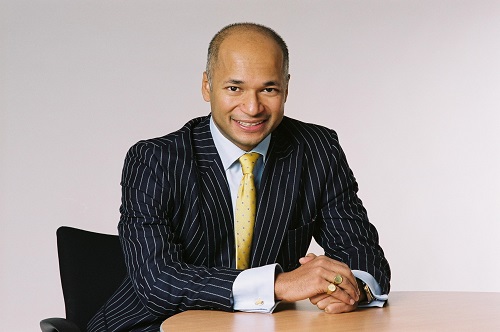It is a common expression that Finance is not Physics, that there are few (if any?) absolutes within it that can be modelled precisely and which hold good within the bounds of the equations under all circumstances. So the title of this article may appear hopelessly optimistic, could there be an optimum operating model for a bank Treasury that stays optimum at all times?
The answer is of course no, in the first instance what is optimum for one bank may well be completely unfit for purpose at another bank. The business model of the bank itself is key, and must be a strong influencer of the final structure that is adopted. The best one can do is to arrange the individual bank’s Treasury operating model in a way that delivers on the stated objectives of the department for that bank concerned, and continues to deliver best-practice. In the latter respect it is also always worthwhile to make peer group comparisons.
That said, Basel III implementation is all about the Treasury department. Capital and liquidity risk mitigation falls within Treasury, either exclusively or in large part, at most of the world’s banks so for regulatory risk reasons alone it is vital that every bank gets the Treasury operating model right. This is an issue of Board-level importance. Let’s consider the key steps involved and the key decisions to make en-route.
Treasury objectives
In the first instance it is important to ensure that the objectives of the Treasury department are identified, agreed and stated explicitly. This is an ALCO-level discussion. After that, the following are of equal importance and need to be finalised:
- Level and extent of interaction with the balance sheet management “triumvirate” of Treasury, Risk and Finance. Exhibit 1 shows a “Level 1” operating model structure that is recommended by the author. Each section would have a drill-down to show the interaction with Risk and Finance (not shown here):
- Level and extent of Treasury ownership of the key processes of liquidity and capital regulatory supervision, the ILAAP and ICAAP. For a number of reasons I believe strongly that these processes, although involving many departments in the bank, should be owned by Treasury, but irrespective of which team “holds the pen” it should be clear where the extent of involvement and responsibility lies. Exhibit 2 shows a selection of the universe of potential areas of responsibility, and this throws up further operating model issues, which are:
- For multi-entity banks, to what extent should Treasury be centralised or decentralised? How should the interaction between Treasury and the various business lines be made to work? The latter question demands an initial response that is unarguable: there can be only one Treasury and only one internal clearing function. For many reasons it is not recommended for any particular business line to have its own funding function.
- What is the ideal reporting line for Treasury? There is considerable debate on this: in GCC and Asia-Pac regions the direct report to CEO function is very common, whereas in the UK the line to the CFO is observed most frequently. To accept the logic of the balance sheet management triumvirate however, is to accept that Treasury is a peer of the CRO and CFO, so it would be illogical to have a reporting line to either of these two functions.
- Whether Treasury has a “market access” function and if it does, to what extent any / all of this market access drives a P&L target. Where Treasury is a front office function, the way that the internal ALM function is managed, if it is also within Treasury, needs to be robust, objective, transparent and disciplined, to ensure that no conflict of interest issues arise. Certain banks have addressed this issue by designating the market access function (whether it is part or all of money markets, term liabilities issuance, secured funding and liquidity buffer management) as part of a “Chief Investment Office” or “External Treasury”, with the FTP and internal ALM functions being “Internal Treasury” (or simply Treasury), with each having different reporting lines. However such a structure is at risk of loss of effectiveness and indeed risk management discipline, which is why the orthodox operating model shown at Exhibit 3 is still very common.
Board-level importance
We stated at the start that getting the Treasury operating model right is an issue of Board-level importance. This is simply because so much of the post-crash regulatory requirements being imposed on banks worldwide sit in the Treasury space (irrespective of how one’s individual business model might look like). Hence how a bank chooses to organise its ALM, Risk and Finance functions is worthy of extensive debate at ALCO and sign-off by the Board. This is one of the reasons why the syllabus of the BTRM qualification includes a complete module (Module 2) on the subject of Treasury operating model and ALCO governance best practice.
In keeping with the seemingly universal use of PowerPoint at executive committee meetings, Exhibit 4 is a 1-slide checklist of the issues that ALCO and the Board must agree and sign off on.
 Professor Moorad Choudhry is author of The Principles of Banking (John Wiley & Sons Ltd 2012) and founder of The Certificate of Bank Treasury Risk Management (www.btrm.org).
Professor Moorad Choudhry is author of The Principles of Banking (John Wiley & Sons Ltd 2012) and founder of The Certificate of Bank Treasury Risk Management (www.btrm.org).






